Because it is the Aurora season on the Northern hemisphere, I would like to explain a bit more about this beautiful phenomenon, what causes it, and how to predict it. It is quite a theoretical story! I hope you can forgive me 😀

The Northern lights or Aurora Borealis
In 1619, the well known Italian astronomer Galileo Galilei, called the shimmering bands of light which he observed at night in the sky of the higher latitudes: ‘Aurora Borealis’. This name comes from the Roman goddess of dawn ‘Aurora’, and the Greek untamed, bad tempered and strong god Boreas, the god of the Northern wind. Although Galileo was wrong about what caused the Aurora Borealis, he thought it were reflections of sunlight on the clouds, the name he gave fitted perfectly! The name Aurora Borealis is synonymous for light and untamed strength.
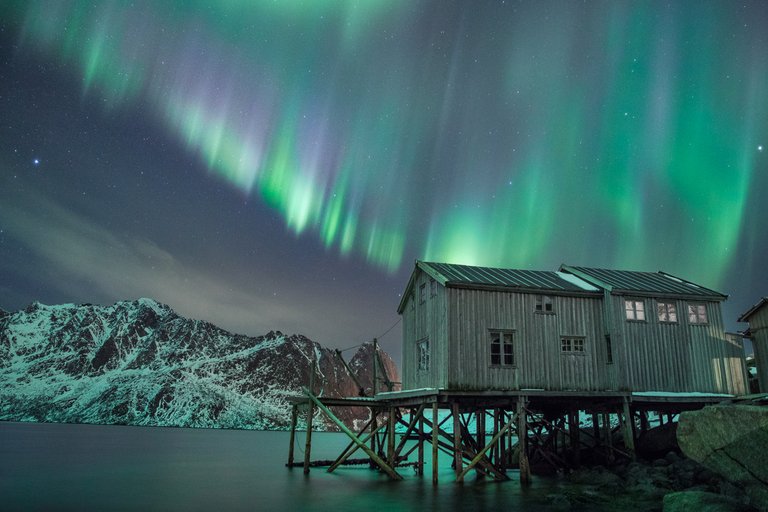
Untamed Strength
Our sun is a star. Thanks to this star, we are here. The sun supported formation of early life some 3.5 billion years ago, and still provides us with energy in the form of warmth and light.
At the suns core, warmth and light are created. This energy then travels outward through all the layers of the sun. As a consequence, and because of the extreme energy that is being released, every second, billions and billions of electrically charged particles, are blasted into space. These particles travel across the suns magnetic field lines, also known as the interplanetary magnetic field. This field stretches across the whole solar system.
The particles leave the sun with incredible speeds and form the solar wind. Which in turn, travels through space in every direction away from the sun. Everything that lies in its path, will be influenced by it.
.jpg)
Light
In this story, we have two forms of light. The first form is the light we all know, it is the light created by the sun, the light we see during the day, the light that fuels photosynthesis in plants, the light that lets everything grow and thrive.
But there is another form of light, this is the light I want to talk about. This light lures photographers from all across the globe to the higher latitudes. The light that peaks on a lot of people’s bucket lists. The strange light that Galileo called the ‘Aurora Borealis’.
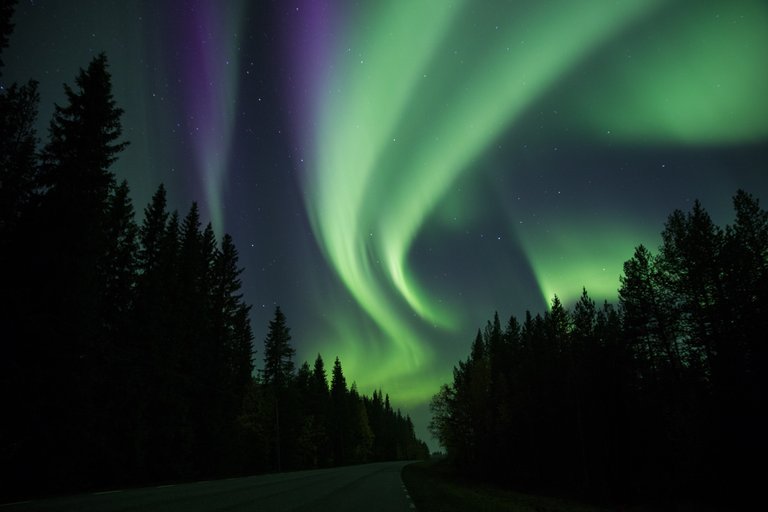
Do you remember the solar particles that were spewed into space as solar wind? Well, thanks to their enormous speed, they quickly reach earths outer atmosphere. Lucky for us, earth is protected against these particles by the magnetosphere. So most particles are deflected back into space. Would this not be the case, then our atmosphere would have been blown away by the solar winds long ago.
As mentioned, most particles are deflected, so what happens with the other particles? Where do they go? The answer is simple, they enter earths atmosphere. When the interplanetary magnetic field and Earths magnetic field align, a path is created. This path allows the particles to enter the uppermost atmosphere where they collide with different atoms and molecules. The consequence of this is extremely spectacular! It is the Aurora Borealis (and in the southern higher latitudes the Aurora Australis)!
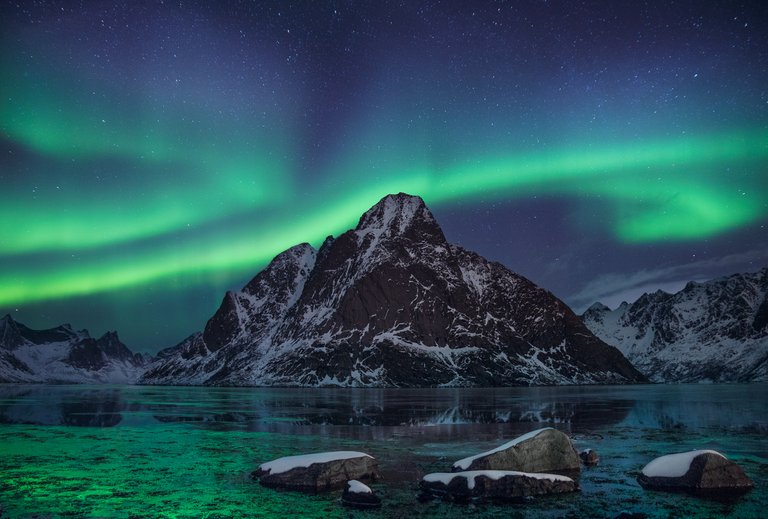
Predicting the Aurora
Why do we need all this information you might wonder? Well, if you use apps and websites to help you predict the aurora (and you should), you will see that they give different parameters. Understanding the underlaying mechanism will help you understand what these parameters mean and why they are useful in the field. Knowing these parameters will greatly enhance your skills to predict the aurora, to know when to go outside, and when to stay inside because nothing will happen.
Kp index
The first parameter is the Kp-index. This index tells you if there is any auroral activity and whether or not it is visible from where you are. It is a scale of numbers from 0 to 9 plotted on a map. For the northern hemisphere, 0 lies at the magnetic north pole and 9 lies somewhat above France.
If you are really lucky, you see a G number next to the Kp index (G1-5). The G stands for geomagnetic storm! It is a period of very strong solar activity. If this is the case, you are in for a spectacle!

Speed and Density
The speed of the solar wind is an important factor. The faster the better! The mean solar wind speed around earth normally lies around 300 km per second. But this increases during a solar storm. When that happens, the solar wind can blow as fast as 1000 km per second. Prediction websites and apps will show the solar wind speed in km per second so they are easy to interpret.
Next to speed, density is of great importance too. The higher the density of particles, the more of these particles collide with the magnetosphere. As a consequence, it will be more likely that an auroral display will occur! The density of the particles are measured in particles per cubic centimeter (p/cm3). As before, the higher this number the better!
Strength of the Interplanetary magnetic field (Bt)
The stronger this field, the greater the change for auroral activity. In your app or website, this parameter is called Bt. The higher the number of the Bt, the stronger the field, the better!
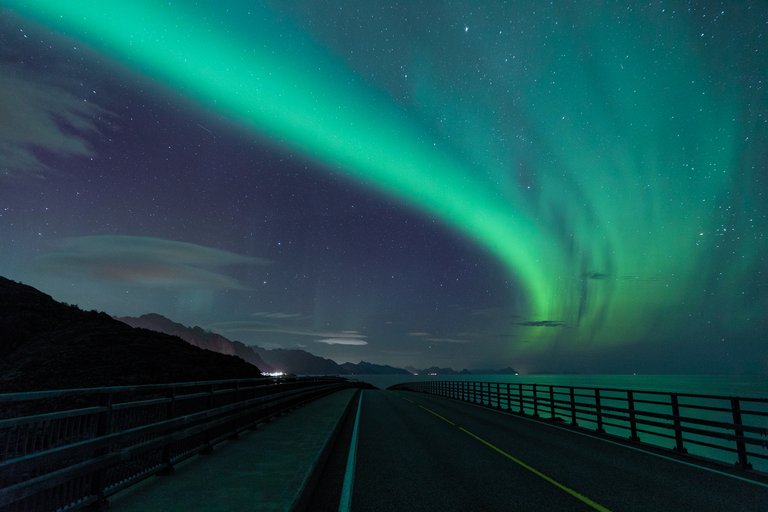
Interaction with Earths Magnetosphere (Bz)
The Bz is probably the most important factor for the occurrence of the Aurora Borealis! If all other vallues (Kp, Speed, density and Bt) look promising, but nothing is happening. It almost certainly has to do with Bz! Contrary to the others, you want a LOW Bz. The lower the Bz value, the better more southern the direction of the interplanetary magnetic field.
Earth’s magnetic field always points northward, so if the interplanetary magnetic field points southward, it will connect with Earth’s magnetic field allowing the particles to enter. If the interplanetary magnetic field points northward it won’t connect, making it much harder for particles to enter the atmosphere. This sounds a bit complex, but I have a really simple explanation:
Think of two magnets. Magnets will attract each others opposite poles. When you hold two magnets with the same poles towards each other, you feel resistance and they try to push each other away. Now when you turn one of the magnets, they will attract each other and stay connected.
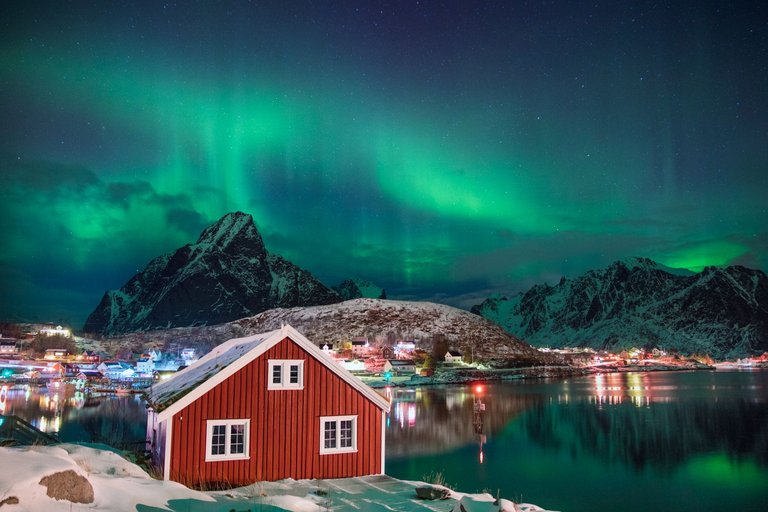
If all values are promising but the Bz is positive, it is worth waiting! Don’t be disappointed yet! The Bz changes often overnight making it worth waiting! Keep a close watch on the values provided by the app and be sure your camera is ready! If the Bz drops, the sky will light up!
Thanks a lot for reading!
The websites that I use for the prediction are Spaceweather.com and Aurora Service, I also use the Android app ‘Aurora pro’ (or the free version Aurora), which I would highly recommend! Good luck with aurora chasing! And remember, nothing is definite with the aurora, so don’t be disappointed when you see nothing that night. Go out again the next night!
I really hope that you enjoyed this article! If you have any questions, feel free to contact me. If you like my photography, please follow me on Instagram @harmenpiekema and on Facebook https://www.facebook.com/harmenpiekemaphotography